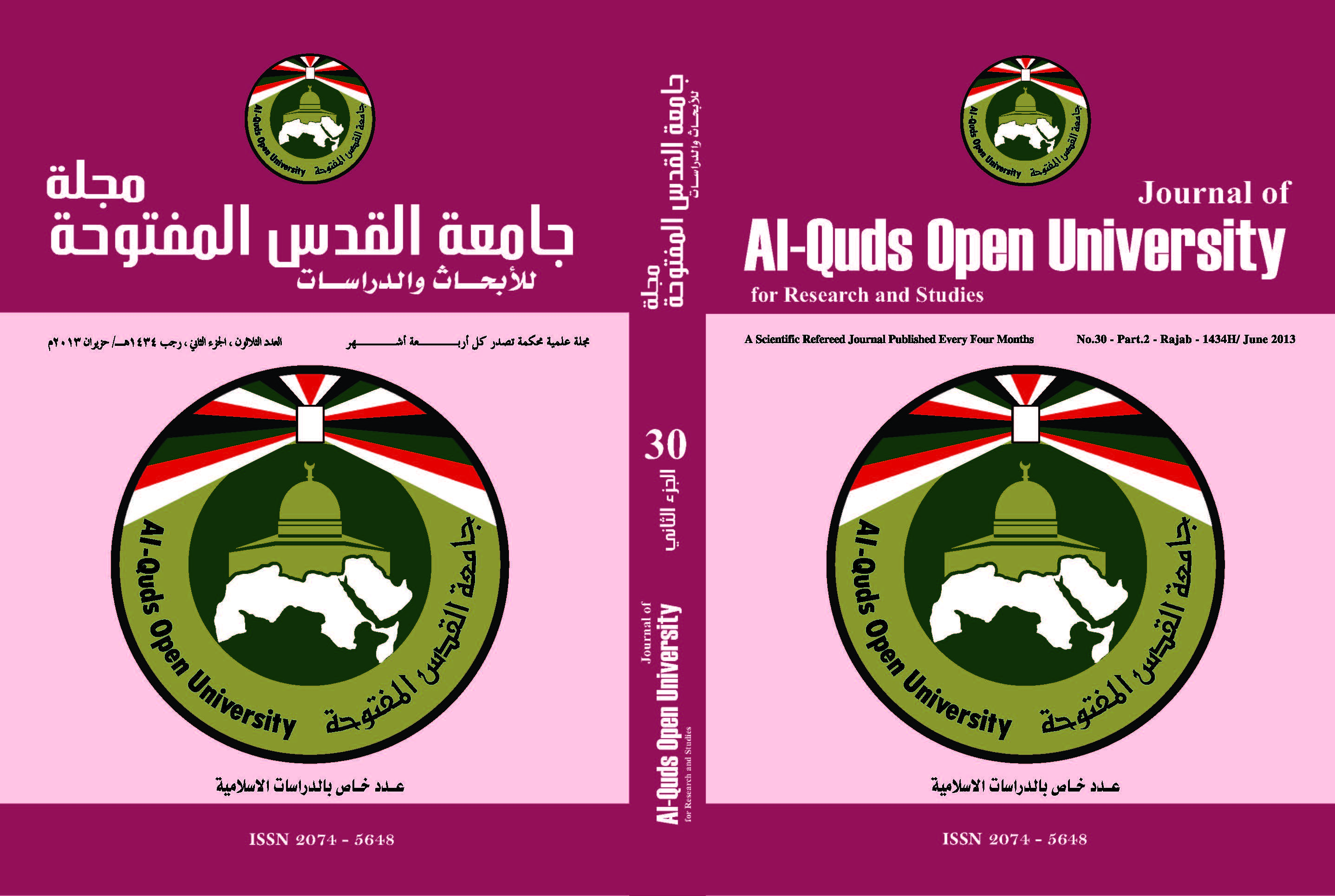The Forged Hadith: a Practical Study
Keywords:
The forged Hadith, The narrator, The punishment of the forging, the types of forgers.Abstract
The research was divided into an introduction, foreword, an introductory
part and two sections. In the foreword, the importance of communication in
judging the “Hadith” was explained. The introductory part was dedicated
for introducing the vocabulary used in Al-Hadith. As for the other two
sections, they were designed for talking about what is known as fraudulent
(forged, incorrect) Hadith. The first part was designed for defining what
the fraudulent (incorrect) Hadith is, its kinds and some practical examples
for these kinds in addition for explaining the reasons behind creating and
narrating it. The second part was for explaining the penalty for creating a
fraudulent (incorrect) Hadith and the effect of creating such Hadith on the
overall reliability of its narrator. The section also talked about the types of
these narrators and the judgment of the religious scholars for such narrators.
The study was ended by a list of references.
Downloads
Published
How to Cite
Issue
Section
License
- The editorial board confirms its commitment to the intellectual property rights
- Researchers also have to commit to the intellectual property rights.
- The research copyrights and publication are owned by the Journal once the researcher is notified about the approval of the paper. The scientific materials published or approved for publishing in the Journal should not be republished unless a written acknowledgment is obtained by the Deanship of Scientific Research.
- Research papers should not be published or republished unless a written acknowledgement is obtained from the Deanship of Scientific Research.
- The researcher has the right to accredit the research to himself, and to place his name on all the copies, editions and volumes published.
- The author has the right to request the accreditation of the published papers to himself.













_2.png)
_.png)
_2.png)
_1.png)
_.png)

